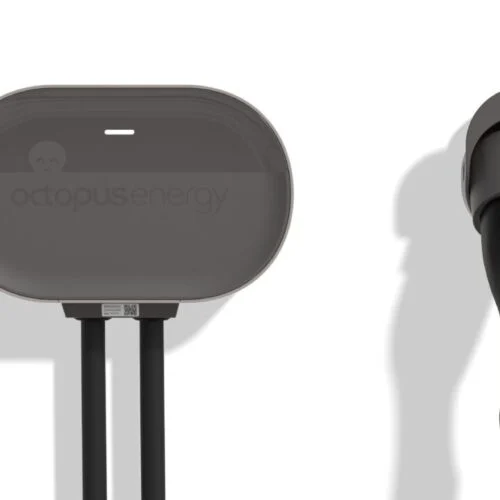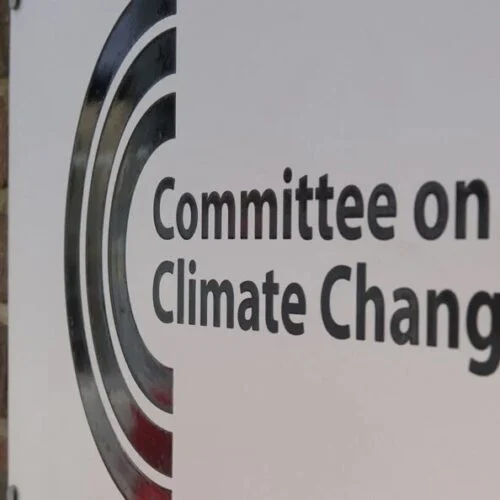It is well known that properly funded and supported electric vehicle infrastructure is absolutely critical to meeting the UK Government’s target of reducing emissions to zero by 2050. To date, we have seen some movement in the right direction when it comes to policy, but significant challenges and oversights mean we are still far from at pace with where we need to be.
The National Infrastructure Commission’s Charge Up Britain campaign is aiming to increase awareness of the need for a national network of rapid chargers, and at the same time, the Department of Transport recently pledged to invest £40m into improving the infrastructure for electric vehicles. This is welcome news, but in a worrying development in June this year, we found out that sales of plug-in hybrid vehicles had slumped by a dramatic 50.4%. This has largely been blamed on the cuts to subsidies for plug-in hybrids battery electric vehicles. But if the trend is to be reversed, both industry and policymakers must get serious about incentivising and enabling consumers to fully embrace the EV revolution.
One area where industry needs to think more carefully if it is going to increase EV uptake is the complexity of vehicle electrification in houses in multiple occupation (HMO), such as flats and hotel complexes.
Around 10 million people live in HMOs in the UK and this is driving the need for the development of feasible charging options for these consumers, especially as the number of EVs on the road increases in the future.
For those living in single-family occupancy buildings with off road parking, installing a charging system outside their house is simple. HMOs, on the other hand, have a unique, and often underestimated, set of complexities that do not exist for single-family homes when it comes to electrification. From a network perspective, the density of charging and electricity load localised in one small area creates major challenges. So whilst we know that owning an EV is more appealing if the vehicle can be affordably and efficiently charged at home, not everyone can simply install a charger where they live. But if EV uptake is to become universal, consumers living in flats will require access to guaranteed charging at any time of day.
Even the generous programmes utilities have begun to offer that handle the installation of EV supply equipment (EVSE) need to be modified to consider HMOs. For a utility to assist these consumers, they must understand the additional steps necessary for HMOs, and accommodate those steps within the programmes offered.
Breaking down barriers
When developing charging programmes for HMOs, the following obstacles should be considered:
- A blended assortment of stakeholders: Unlike single-family homes, HMOs require approval and agreements from a wide variety of parties. From property owners and homeowners’ associations, to landlords and neighbours, many conversations are required upfront to greenlight electrification for even one unit.
- Electricity load density created by HMOs: Decisions have to be made as to who charges when, and which residents to prioritise, as well as who pays for network upgrades. The question is whether the existing networks can support charging at HMOs and whether new housing developments are being installed in a way that can support HMO charging from a network standpoint.
- Non-traditional parking arrangements. Not all parking situations for HMOs are equal. Whether spaces are provided in a covered garage attached to the building or simple parking spaces on the road, a great deal of planning, and often trenching and digging, is required to even install the conduits and cables for EVSE — and connect it to the correct unit’s meter.
- Unpredictability created by transient patrons. In contrast to single-family homes, most tenants of HMOs don’t stay for years on end to justify the investment in EVSE. The average length of a tenancy in the UK is just two years. Therefore, it may fall to landlords or property owners to foot the bill on the infrastructure with variable utilisation of the newly-installed equipment. This means centralised charging from the community is often required.
Overcoming hurdles
There are several strategies that electric utilities can adopt to address the concerns of vehicle electrification at HMOs, including:
- Educate customers about the requirements of EV charging: This includes representing the options available for installing EV charging infrastructure.
- Work with developers building new HMOs: Installation costs can be reduced by implementing EVSE during the development of the community and construction of the property.
- Propose plans to the National Infrastructure Commission for make-ready infrastructure programmes: As part of the proposal, specifically target the expansion of EV charging at HMOs.
- Work with policymakers in national and local government to encourage reforms to the National Planning Policy Framework: Focus particularly on policies that will help prevent property owners from denying tenants the ability to install charging infrastructure if they are willing to pay for the construction that is within reason. Review the government’s National Infrastructure Strategy, published later this year.
Educating customers and promoting these programmes will allow access to convenient and affordable charging for EV owners living in HMOs.
Developing a consultative approach
The above is by no means an exhaustive list of obstacles and solutions, but it does illustrate how vehicle electrification at HMOs can never be one-size-fits-all. To support the continued rise of vehicle electrification, and include residents outside single-family homes, utilities need to offer tailored assistance for interested HMO parties. By offering customer engagement, education services and programmes that support EVSE installation, utilities can help collectively manage the unique needs of HMOs within the community — and empower access to readily available, reliable and safe EV charging infrastructure.





